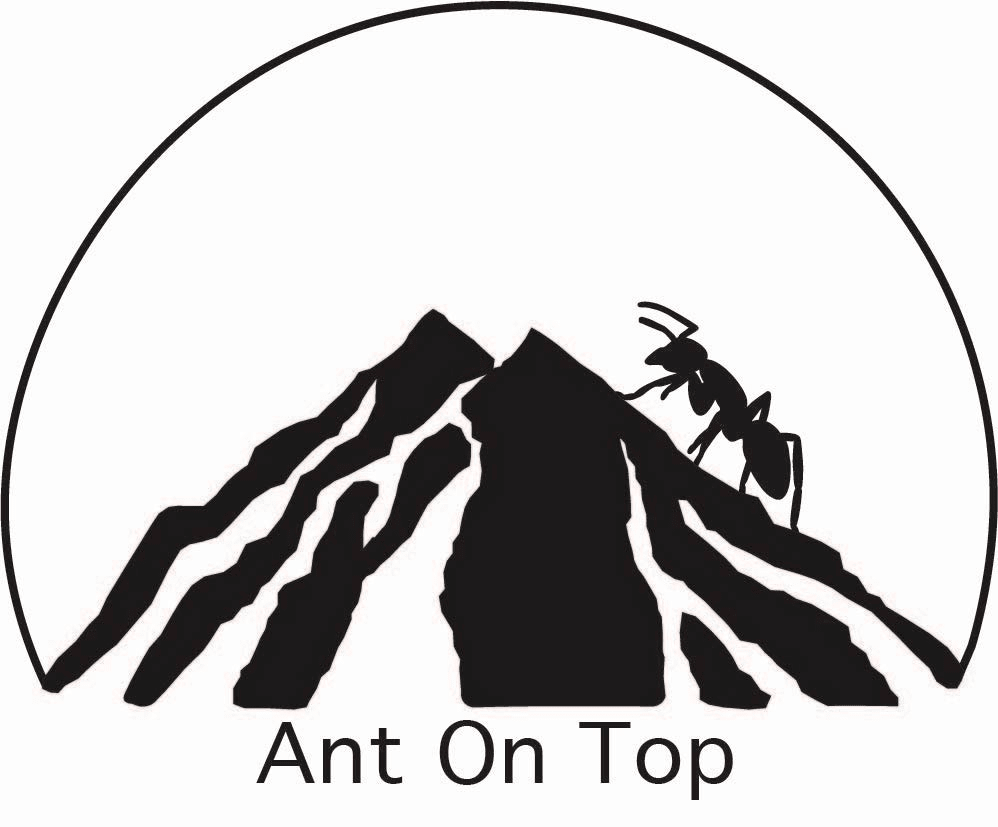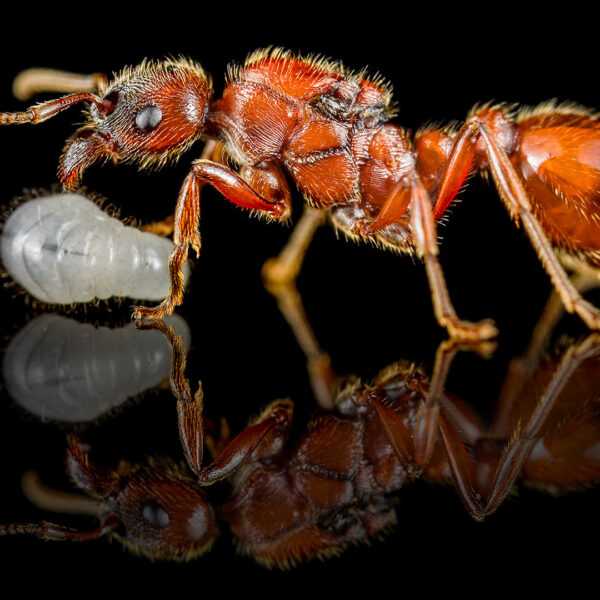Leptogenys diminuta: The Mighty and Agile Ants
If you’re looking for an ant species that is both powerful and swift, then look no further than Leptogenys diminuta. These ants are known for their aggressive nature and lightning-fast movements. In this article, we will take a closer look at the features, behavior, and requirements of Leptogenys diminuta. So let’s dive right in!
Colony Type and Size
Leptogenys diminuta colonies are categorized as monogynous, which means they have a single queen. With a maximum colony size of up to 400 workers, these ants can establish formidable communities that work together for the benefit of the entire colony.
Development Rate and Size
When it comes to development rate, Leptogenys diminuta falls in the medium category. They undergo metamorphosis and progress through the egg, larva, pupa, and adult stages. The queen measures an impressive 10-12mm in size, while the workers share the same dimensions. Their sleek black color gives them a striking appearance that sets them apart from other ant species.
Nutrition and Feeding Habits
Leptogenys diminuta sustains itself through a diverse diet. These omnivorous ants primarily feed on live insects such as cockroaches and crickets, which provide them with the necessary proteins and nutrients. Additionally, they also enjoy feeding on fruits. Providing a variety of food options can help ensure the colony’s nutritional needs are met.
Humidity and Temperature Requirements
Adequate humidity and temperature levels play a crucial role in maintaining the health and well-being of Leptogenys diminuta colonies. In the arena, where the ants predominantly forage and explore, a humidity level of 50-70% is recommended. In the nest, where the queen and brood reside, the humidity should be slightly higher, around 60-80%. The temperature in the arena should be maintained between 22-28 °C, while the nest temperature should be slightly lower, at 21-24 °C. These conditions create an optimal environment for the ants to thrive.
Features and Behavior
Leptogenys diminuta is characterized by its aggressive behavior and lightning-fast movements. These ants are formidable hunters and defenders, making them an exciting species to observe. Their agility allows them to quickly capture live prey and defend their colony against potential threats.
Recommended Nests for Breeding
Choosing the right nest for breeding Leptogenys diminuta is essential for their overall well-being. Options such as acrylic, gypsum, and aerated concrete nests are highly recommended. These materials provide the necessary structure, ventilation, and durability required to support a growing colony.
Conclusion
Leptogenys diminuta is a remarkable ant species that showcases strength, agility, and a complex social structure. Their aggressive nature and lightning-fast movements make them an intriguing species to keep and observe. By providing suitable nutrition, maintaining optimal humidity and temperature levels, and selecting the appropriate nests, you can create an ideal environment for these ants to thrive. Take the opportunity to witness the magnificence of Leptogenys diminuta and delve into the fascinating world of these mighty and agile creatures!


















Reviews
There are no reviews yet.